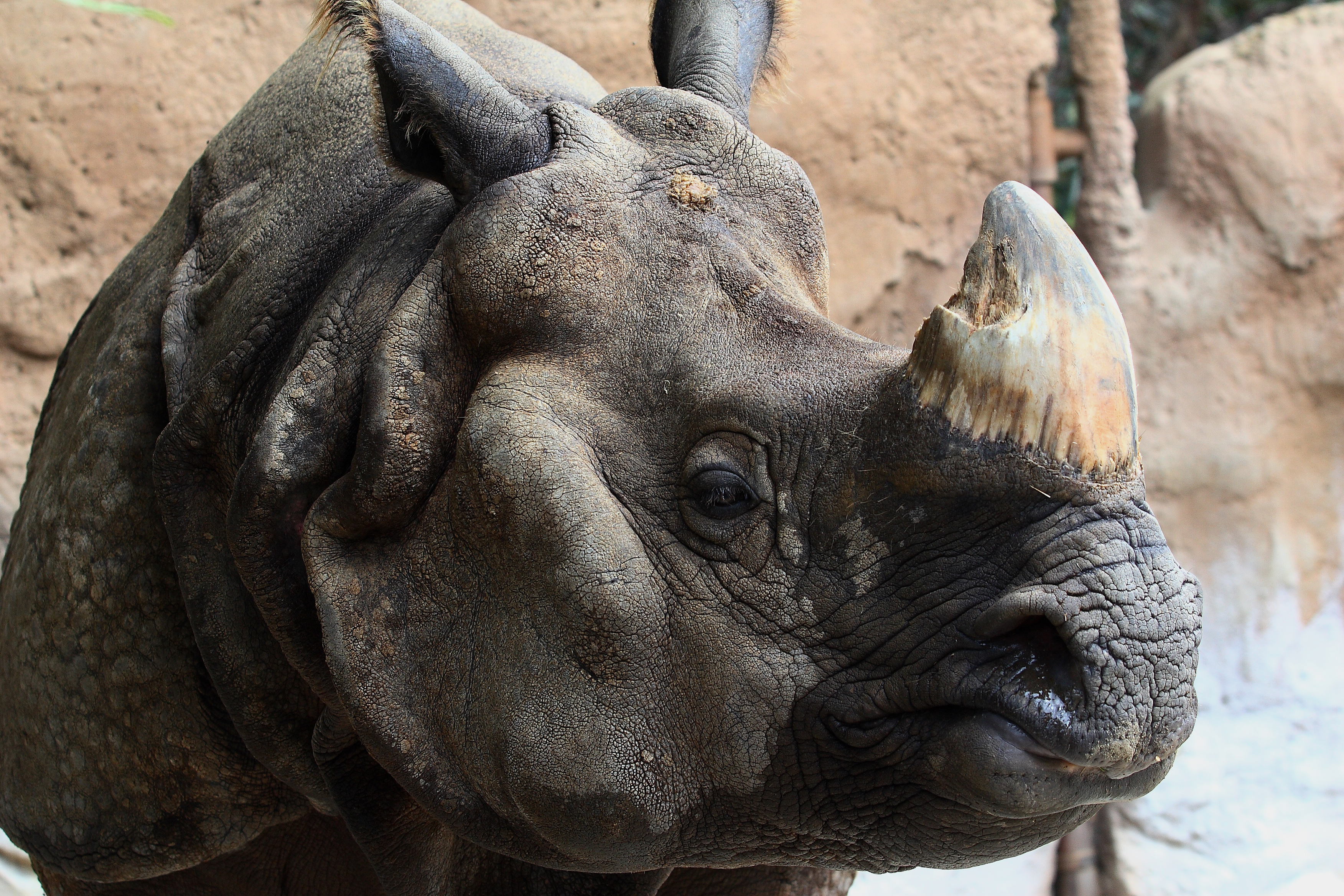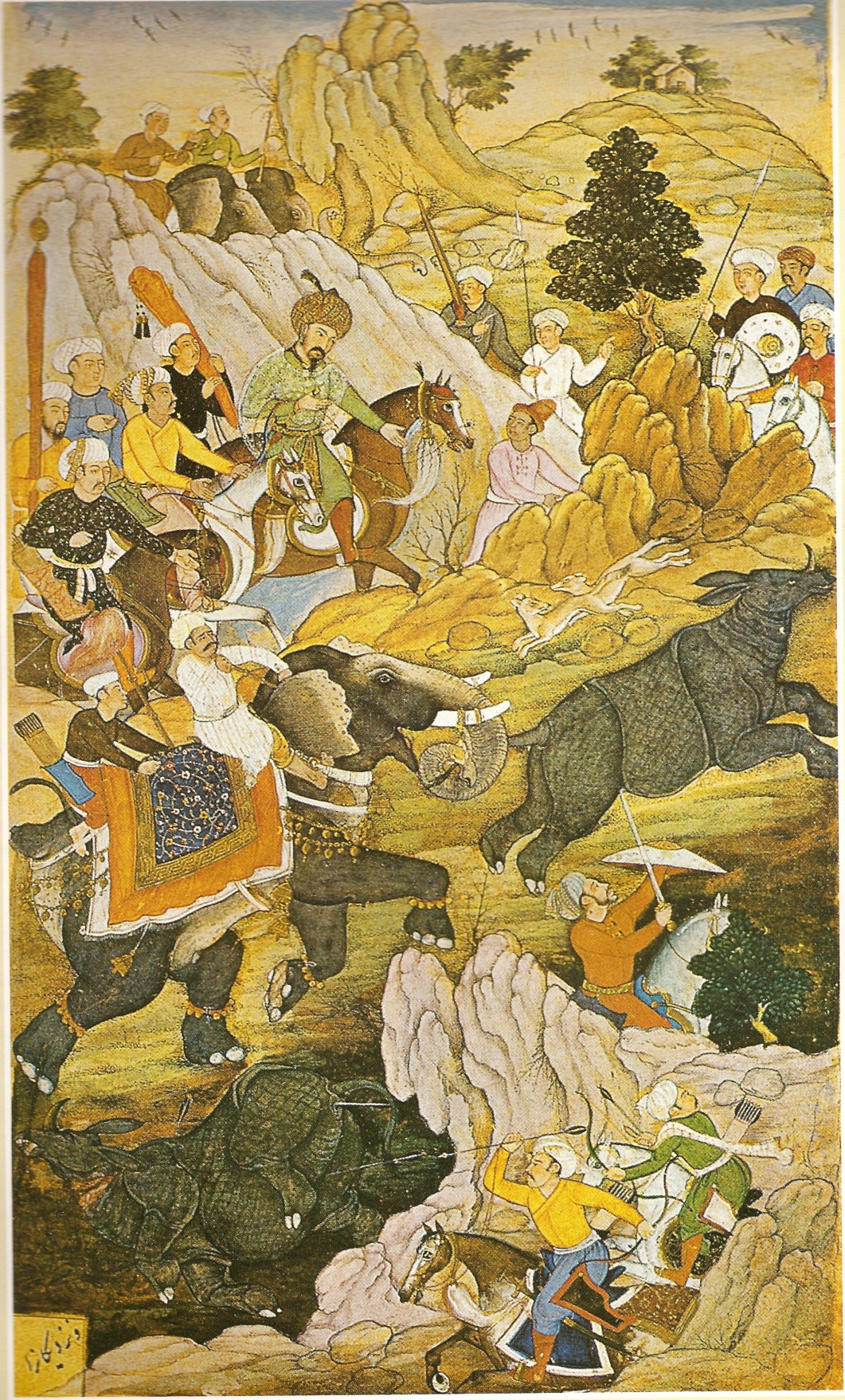Rhino Poaching In Assam on:
[Wikipedia]
[Google]
[Amazon]
 Rhino poaching in Assam is one of the major
Rhino poaching in Assam is one of the major
 Sport hunting became common in the late 1800s and early 1900s. Indian rhinos were hunted relentlessly and persistently. Reports from the middle of the 19th century claim that some military officers in
Sport hunting became common in the late 1800s and early 1900s. Indian rhinos were hunted relentlessly and persistently. Reports from the middle of the 19th century claim that some military officers in
''Under siege: Poaching and protection of Greater One-horned Rhinoceroses in India''
. TRAFFIC India By the mid-1990s, poaching had rendered the species extinct there.
environmental issues in India
There are multiple environmental issues in India. Air pollution, water pollution, garbage, domestically prohibited goods and pollution of the natural environment are all challenges for India. Nature is also causing some drastic effects on In ...
which continues in the region of Kaziranga National Park
Kaziranga National Park is a national park in the Golaghat and Nagaon districts of the state of Assam, India. The park, which hosts two-thirds of the world's great one-horned rhinoceroses, is a World Heritage Site. According to the census held ...
, Manas National Park
Manas may refer to:
Philosophy and mythology
*Manas, the Pali and Sanskrit term for "mind"; see
** Manas (early Buddhism)
** Manas-vijnana, one of the eight consciousnesses taught in Yogacara Buddhism
*''Ramcharitmanas'', a retelling of the Ramay ...
and some other grasslands of Assam. Indian rhinoceros
}
The Indian rhinoceros (''Rhinoceros unicornis''), also called the Indian rhino, greater one-horned rhinoceros or great Indian rhinoceros, is a rhinoceros species native to the Indian subcontinent. It is listed as Vulnerable on the IUCN Red Lis ...
inhabited most of the floodplain of the Indogangetic and Brahmaputra
The Brahmaputra is a trans-boundary river which flows through Tibet, northeast India, and Bangladesh. It is also known as the Yarlung Tsangpo in Tibetan, the Siang/Dihang River in Arunachali, Luit in Assamese, and Jamuna River in Bangla. I ...
riverine tracts and the neighboring foothills.
In early days
 Sport hunting became common in the late 1800s and early 1900s. Indian rhinos were hunted relentlessly and persistently. Reports from the middle of the 19th century claim that some military officers in
Sport hunting became common in the late 1800s and early 1900s. Indian rhinos were hunted relentlessly and persistently. Reports from the middle of the 19th century claim that some military officers in Assam
Assam (; ) is a state in northeastern India, south of the eastern Himalayas along the Brahmaputra and Barak River valleys. Assam covers an area of . The state is bordered by Bhutan and Arunachal Pradesh to the north; Nagaland and Manipur ...
individually shot more than 200 rhinos. By 1908, the population in Kaziranga
Kaziranga National Park is a national park in the Golaghat and Nagaon districts of the state of Assam, India. The park, which hosts two-thirds of the world's great one-horned rhinoceroses, is a World Heritage Site. According to the census held i ...
had decreased to around 12 individuals. In the early 1900s, the species had declined to near extinction.
Poaching
Poaching has been defined as the illegal hunting or capturing of wild animals, usually associated with land use rights.
Poaching was once performed by impoverished peasants for subsistence purposes and to supplement meager diets. It was set ag ...
for rhinoceros horn became the single most important reason for the decline of the Indian rhino after conservation measures were put in place from the beginning of the 20th century, when legal hunting ended. From 1980 to 1993, 692 rhinos were poached in India. In India's Laokhowa Wildlife Sanctuary 41 rhinos were killed in 1983, virtually the entire population of the sanctuary.Menon, V. (1996''Under siege: Poaching and protection of Greater One-horned Rhinoceroses in India''
. TRAFFIC India By the mid-1990s, poaching had rendered the species extinct there.
Methods of poaching
Five methods of killing rhinos have been recorded: * Shooting is by far the most common method used; rhino horn traders hire sharpshooters and often supply them with rifles and swords and ammunition. * Trapping in a pit depends largely on the terrain and availability of grass to cover it; pits are dug out in such a way that a fallen animal has little room to manoeuvre with its head slightly above the pit, so that it is easy to saw off the horn. * Electrocuting is used where high voltage powerlines pass through or near a protected area, to which poachers hook a long insulated rod connected to a wire, which is suspended above a rhino path. * Poisoning by smearingzinc phosphide
Zinc phosphide ( Zn3 P2) is an inorganic chemical compound. It is a grey solid, although commercial samples are often dark or even black. It is used as a rodenticide. Zn3P2 is a II-V semiconductor with a direct band gap of 1.5 eV and may have ap ...
rat poison or pesticides on salt lick
A mineral lick (also known as a salt lick) is a place where animals can go to lick essential mineral nutrients from a deposit of salts and other minerals. Mineral licks can be naturally occurring or artificial (such as blocks of salt that farm ...
s frequently used by rhinos.
* With a noose, which cuts through the rhino's skin and kills it by strangulation.
Reasons
Illegal rhino horn trade has been the main problem facing managers of the rhino-protected areas of Assam. According to research byTraffic (conservation programme)
TRAFFIC (Trade Records Analysis of Flora and Fauna in Commerce), the Wildlife Trade Monitoring Network, is a global non-governmental organisation monitoring the trade in wild animals and plants that focuses on biodiversity and sustainable dev ...
and World Wide Fund for Nature
The World Wide Fund for Nature Inc. (WWF) is an international non-governmental organization founded in 1961 that works in the field of wilderness preservation and the reduction of human impact on the environment. It was formerly named the Wor ...
, some Vietnamese buyers believe horn to be a cure for cancer when ground to a fine powder. According to a survey conducted by World Wide Fund for Nature in South Africa
In its most general sense, the term "world" refers to the totality of entities, to the whole of reality or to everything that is. The nature of the world has been conceptualized differently in different fields. Some conceptions see the worl ...
, it is kept by wealthy people in Vietnam as a "peace of mind" cure.
In 1993, rhino horn was removed from the official lists of Traditional Chinese Medicine
Traditional Chinese medicine (TCM) is an alternative medicine, alternative medical practice drawn from traditional medicine in China. It has been described as "fraught with pseudoscience", with the majority of its treatments having no logica ...
. It is now only sold in Vietnam following an unsubstantiated rumour that horn cured a high-ranking official in Vietnam
Vietnam or Viet Nam ( vi, Việt Nam, ), officially the Socialist Republic of Vietnam,., group="n" is a country in Southeast Asia, at the eastern edge of mainland Southeast Asia, with an area of and population of 96 million, making it ...
of cancer.
Statistics
The following table shows the numbers of poached rhino in Assam since 1962:Preventive measures taken by Government
Dehorning rhinos
The forest department of Assam took a proposal of dehorning rhino to save it from poachers on February, 2014. TheGovernment of Assam
The Government of Assam is the subnational government of Assam, a state of India. It consists of the Governor appointed by the President of India as the head of the state, currently Jagdish Mukhi. The head of government is the Chief Minis ...
also called for public opinion by a committee headed by the Principal Chief Conservator of Forest (Wildlife) could take a decision. But many environmentalists and NGO's oppose the proposal. The final decision of the committee is not declared till May, 2014.
See also
*Rhino poaching in Southern Africa
Rhinoceros poaching in southern Africa is the illegal act of slaughtering rhinoceros in the southern African countries of Namibia, Botswana, Zimbabwe and South Africa, where most of Africa's rhinos occur. The most common reason for rhino poach ...
References
{{Reflist Poaching Fauna of Assam Kaziranga National Park Environmental issues in India Smuggling in India Crime in Assam Hunting by game Hunting in India